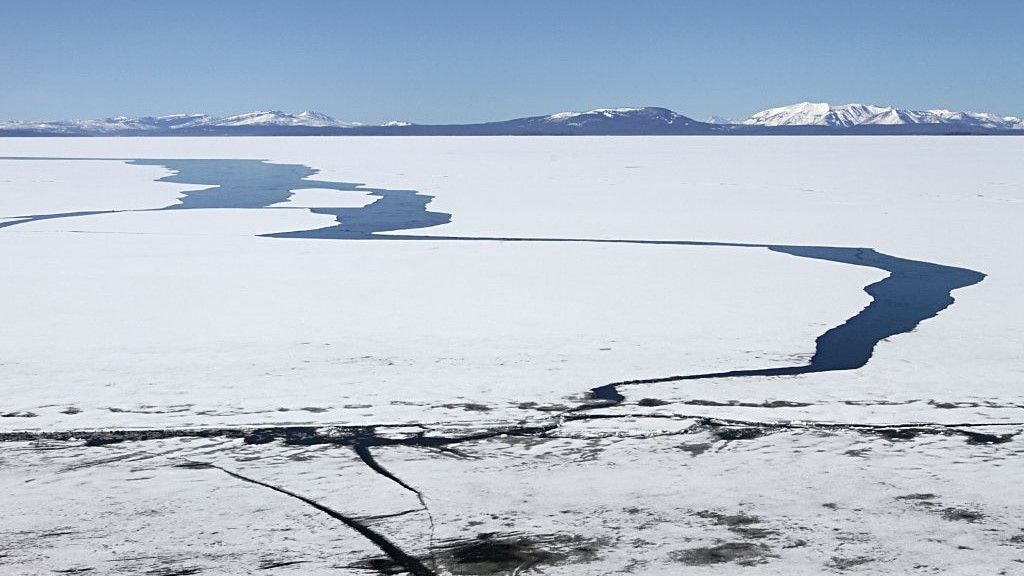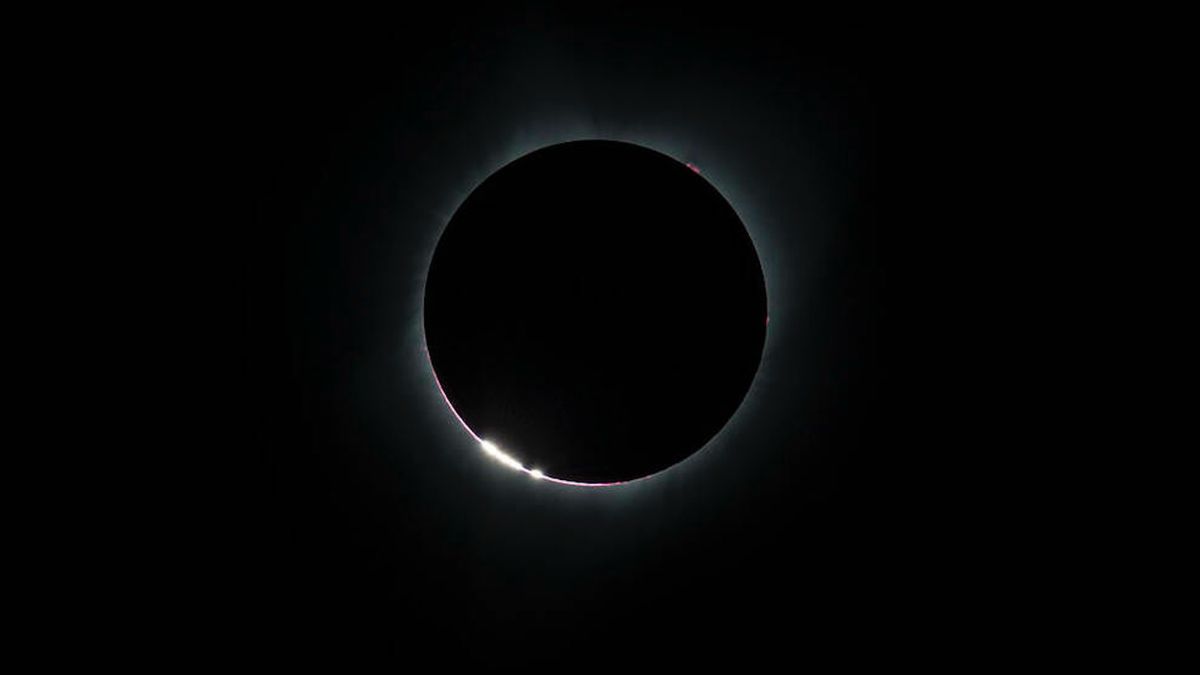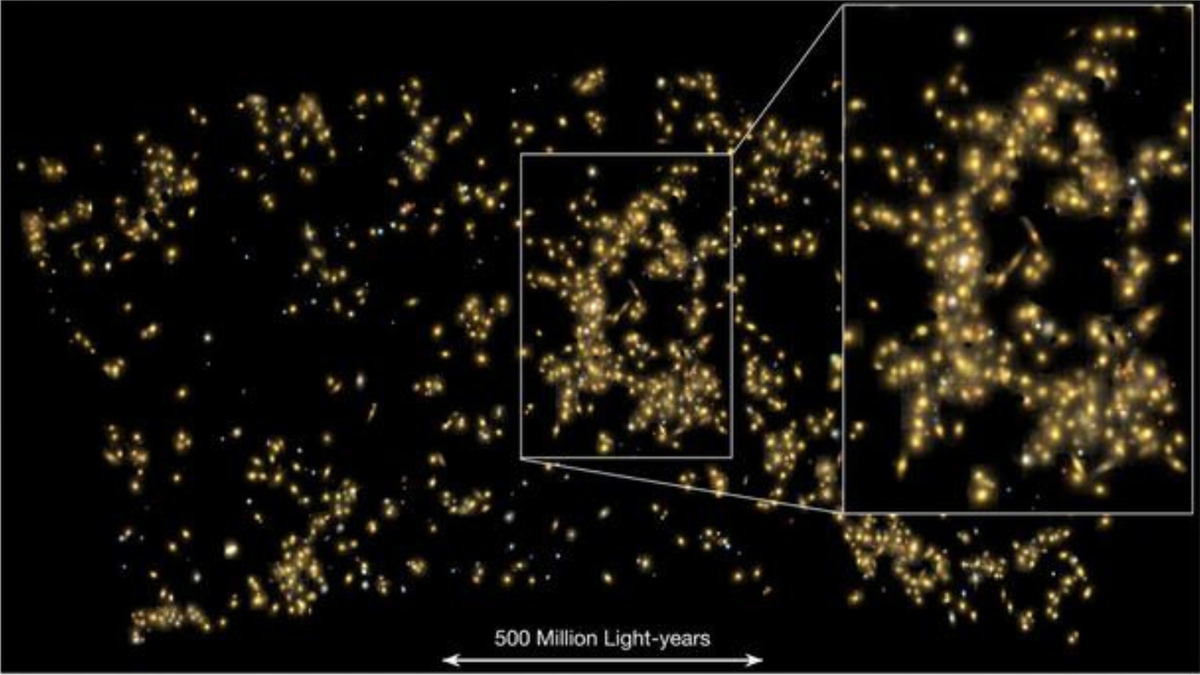Scientific Study Reveals Rare Phenomenon in Yellowstone Lake Ice Cover
An intriguing discovery has been made by scientists studying the impact of climate change on Yellowstone Lake. Despite rising global temperatures, the ice cover on this expansive body of water has remained surprisingly constant over the years. However, researchers warn that a critical threshold may soon be reached, leading to significant changes in the lake’s ice dynamics.
Unique Characteristics of Yellowstone Lake
Located at an elevation of approximately 7,733 feet (2,357 meters) within the renowned Yellowstone National Park, Yellowstone Lake spans an impressive 132 square miles (342 square kilometers). Typically, the lake freezes over in the late winter months and thaws by late spring. This natural cycle has remained consistent, defying the trends observed in many other lakes globally that have experienced significant ice loss due to climate change.
Despite the overall warming trend, Yellowstone Lake has managed to preserve its ice cover during the colder seasons, marking a remarkable anomaly in the face of environmental shifts. The findings of the researchers, soon to be published in the prestigious journal Environmental Research Letters, shed light on this perplexing phenomenon.
Insights from Long-Term Data Analysis
Utilizing historical ice records dating back to 1931, scientists conducted a thorough analysis of Yellowstone Lake’s ice patterns in correlation with climate data from the same period. By comparing these findings with data from similar high-altitude lakes in Europe, researchers uncovered the exceptional resilience of Yellowstone Lake’s ice cover despite the escalating temperatures.
Notably, while temperatures at the lake surged by 4.5 degrees Fahrenheit (2.5 degrees Celsius) between 1980 and 2018, the ice cover remained remarkably stable. This resilience was attributed, in part, to a substantial increase in spring snowfall over the lake during the same timeframe, which acted as a protective barrier against ice loss.
Implications for the Future
Although the augmented snowfall has safeguarded Yellowstone Lake’s ice cover thus far, researchers caution that this effect may be short-lived. As temperatures continue to rise and shift precipitation patterns from snow to rain-dominated, a critical tipping point may be on the horizon.
The impending transition could bring about a sudden and irreversible alteration in Yellowstone Lake’s ice dynamics, signaling a pivotal moment in its ecological equilibrium. These projections align with current climate analyses, suggesting that the lake’s ice phenology is poised for a significant transformation in the near future.
As scientists delve deeper into the complexities of climate change and its impact on natural environments, Yellowstone Lake stands as a testament to the intricate interplay between climate variables and ecological systems. The ongoing study of this phenomenon offers valuable insights into the resilience of natural systems and the challenges posed by a changing climate.
Image/Photo credit: source url





